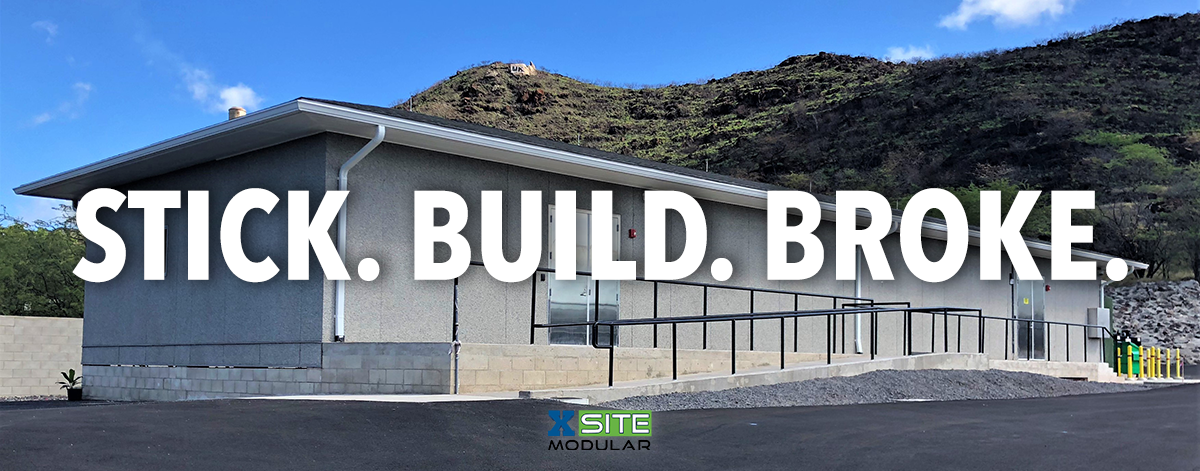As New Subsea Networks Are Routed to Emerging Markets, Modular Cable Landing Stations Are Essential to Bringing Them Online
by Amy Marks
This article was first published by Submarine Networks World 2019 as a summary of the white paper: “Stick. Build. Broke. Why Modular Cable Landing Stations Are Essential To The Successful Growth of the Subsea Cable Industry.” The white paper was created in partnership with AIRSYS and the PLC Group. To download the full white paper, click below.
As the Internet continues to expand at a rate of more 1 million new users each day, the volume of data moving across global borders is also surging, facilitated by the growth of undersea cable networks running along coastlines and traversing waters between continents. Currently, there are approximately 378 submarine cables in service around the world, although much of the existing subsea infrastructure that was put into service between 2000 and 2001 is nearing end-of-life and will soon face retirement.
As the business demands of mature and emerging markets dictate, so follow the routes of new or expanding subsea cable networks. A report by Global Industry Analysts found that the most lucrative investment potential appears to be smaller markets that are currently linked through a single, exclusive fiber-optic submarine cable. Africa and Southeast Asia, in particular, are projected to see the strongest growth in new subsea cables driven by increased broadband investments, rapid growth in Internet and mobile phone usage, and an escalating demand for reliable and affordable connectivity.
However, therein is the primary quandary facing cable owner-operators: How to keep pace with demand when relying on traditional stick-built Cable Landing Stations. This is an especially formidable challenge as new or expanding subsea cable systems are developed to bring connectivity to emerging markets throughout Africa, the Asia-Pacific, and South America.
…
To finish reading this article, please head over to Submarine Networks World 2019.

